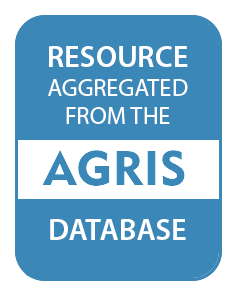Location
Cambridge University Press is part of the University of Cambridge. Our mission is to unlock people’s potential with the best learning and research solutions. Our vision is a world of learning and research inspired by Cambridge.
Our peer-reviewed publishing lists comprise over 53,000 titles covering academic research, professional development, over 350 research journals, school-level education, English language teaching and Bible publishing. This list is growing every year and spans subjects from aesthetics through to zoology, with authors ranging from Shakespeare to English language teaching author, Ray Murphy.
A pioneer in our field, we are committed to supporting innovation in learning and teaching. We publish without boundaries, ensuring our resources are accessible across the globe, in print, online and other digital formats.
We take pride in supporting community programmes across the globe. Staff are encouraged to offer practical help, advice and funding to nurture vital charitable, educational and voluntary partnerships.
Playing a leading role in today's global market place, we have over 50 offices around the globe, and distribute our products to nearly every country in the world. We publish 50,000 authors based in over 100 different countries.
Members:
Resources
Displaying 36 - 40 of 81relationships between land cover, climate and cave copepod spatial distribution and suitability along the Carpathians
The distribution of subterranean copepods may reflect the persistence of cave assemblages in relation to the environmental health of the overlying landscape. Areas supporting groundwater fauna were established by modelling the persistence of seven copepod species using a geographical information system (GIS). Environmental drivers were found to influence subterranean copepod distribution in the caves of the Romanian Carpathians.
Human and wildlife usage of a protected area buffer zone in an area of high immigration
Population growth near protected areas threatens the capacity of such areas for biodiversity conservation. Protected areas may even encourage growth by providing economic benefits that attract migrants. Consequently, understanding the relationships between human demographics and biodiversity is important for conservation. We studied a community-governed Wildlife Management Area bordering the Selous Game Reserve in Tanzania, set up to benefit local people and the subsistence rural economy. Annual population growth in this area is 5%.
Using social marketing concepts to promote the integration of systematic conservation plans in land-use planning in South Africa
Local land-use planning procedures are increasingly recognized as potentially crucial to ensure off-reserve biodiversity protection. Mainstreaming systematic conservation planning maps in these decision-making procedures has been proposed as a mechanism to achieve this. However, research is lacking on how to convince officials and politicians to change their behaviour and include the maps in their decision-making. Social marketing is a tool commonly used to effect behaviour change in many sectors but its application in conservation is limited.
Who are the poor? Measuring wealth inequality to aid understanding of socioeconomic contexts for conservation: a case-study from the Solomon Islands
Understanding the local socioeconomic context is important for the design of appropriate conservation initiatives and associated monitoring strategies, especially in areas with high degrees of inequality, to ensure conservation interventions do not inadvertently further disadvantage vulnerable people. Typical assessments of wealth inequality in remote rural areas are constrained by limited engagement with a cash economy, complex family and tribal ties, and an absence of basic infrastructure.
Land management trumps the effects of climate change and elevated CO₂ on grassland functioning
Grasslands cover ˜30% of the Earth's terrestrial surface and provide many ecosystem services. Many grasslands are heavily managed to maximize these services for human benefit, but the outcome of management is anticipated to be increasingly influenced by various aspects of climate change and elevated atmospheric CO₂. The relative importance of global change vs. land management on grasslands is largely unknown.


